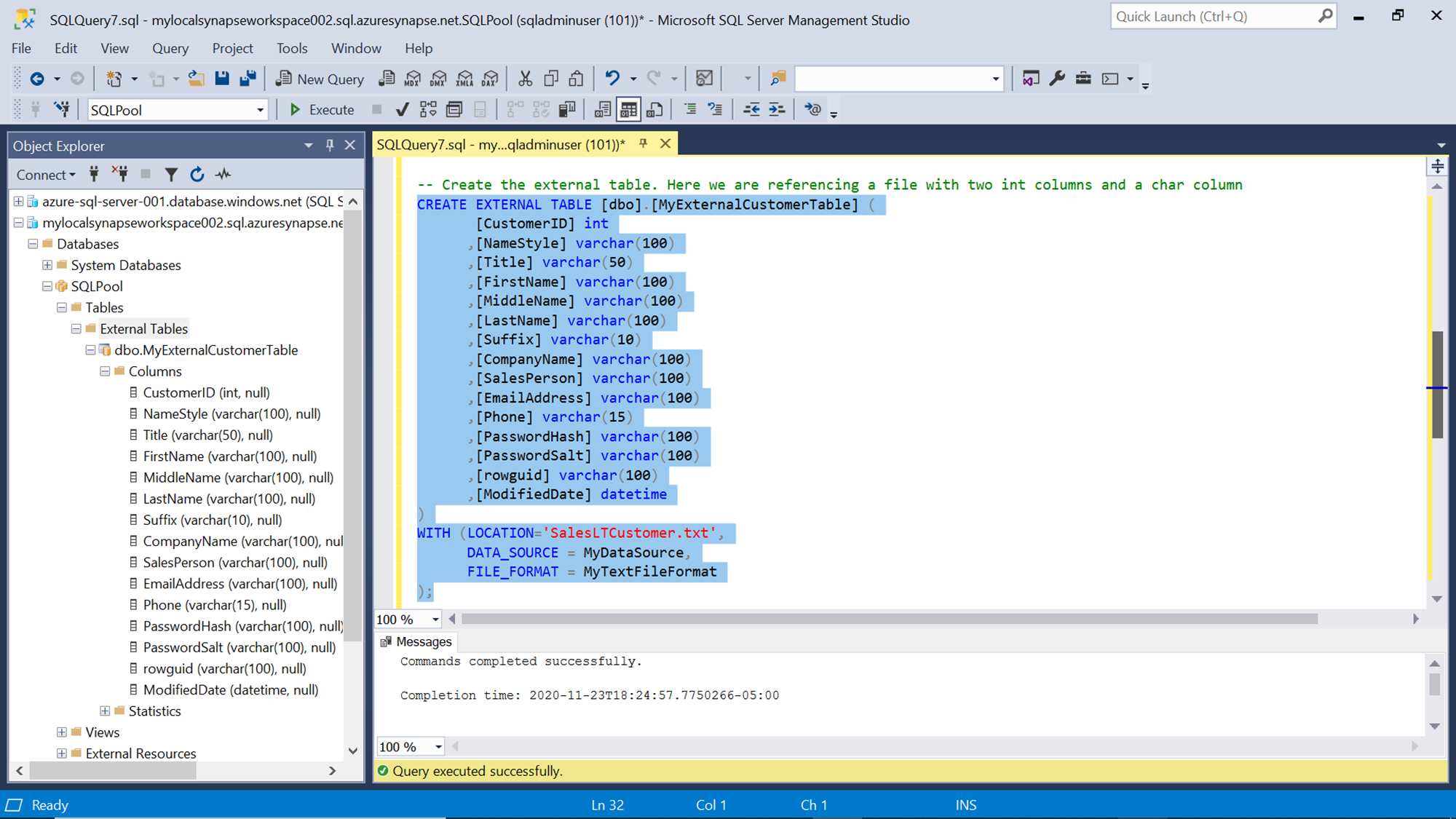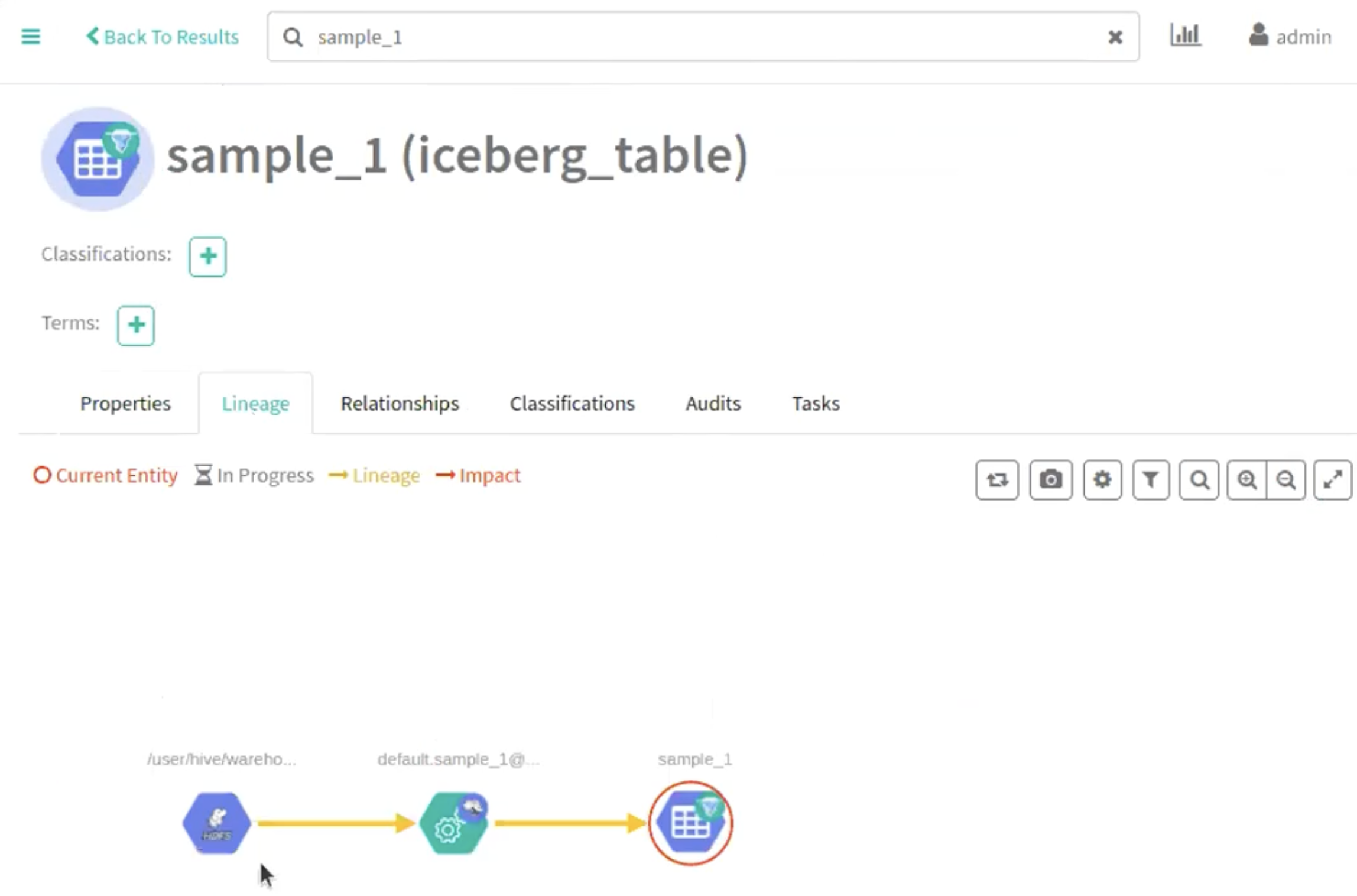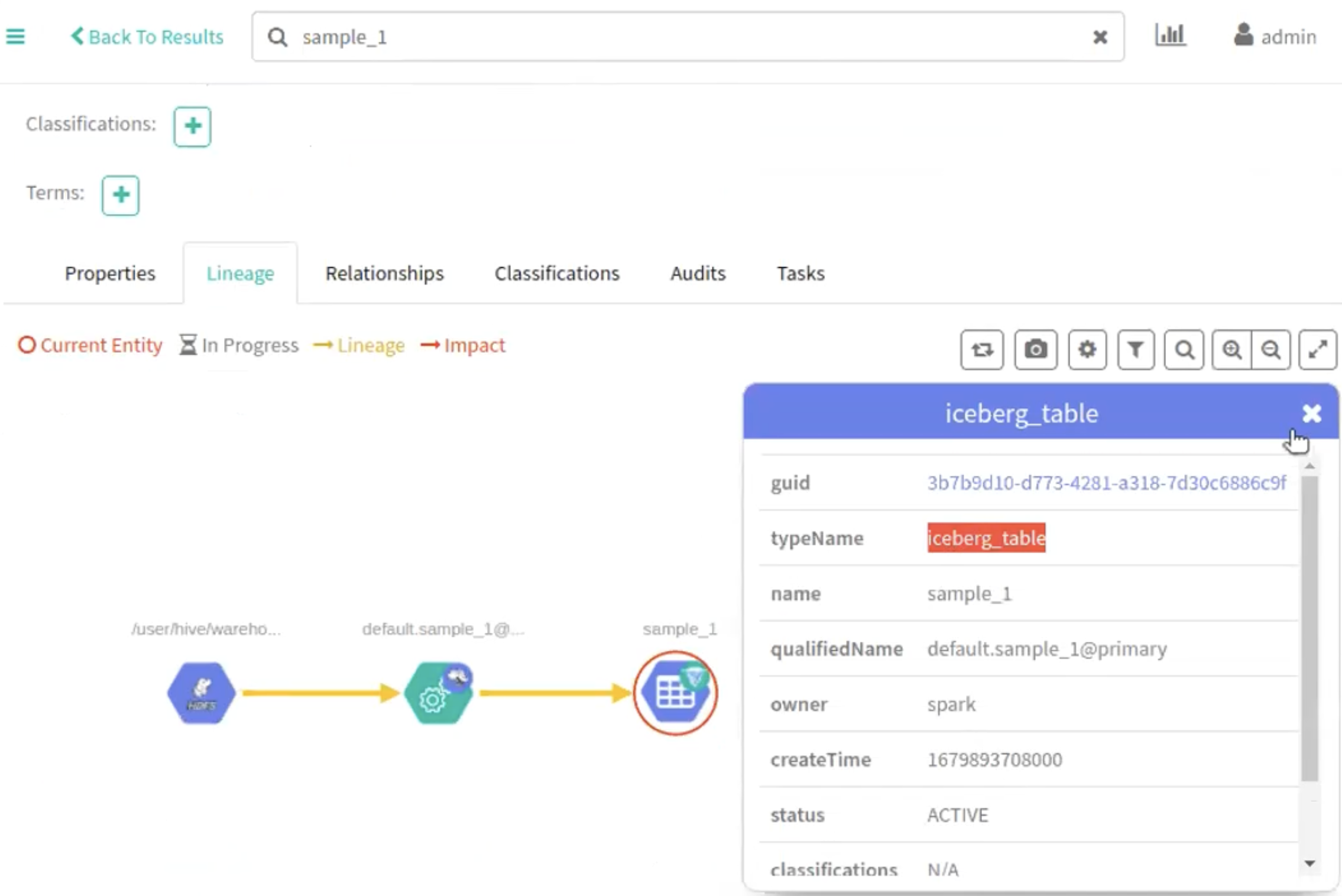Mastering Spark SQL Create Table: Your Definitive Guide
In the vast and dynamic world of big data, efficient data management is paramount, and at the heart of this lies the ability to organize and structure your information effectively. When working with Apache Spark, a powerful unified analytics engine for large-scale data processing, understanding how to Spark SQL create table statements can truly transform your data workflows. This comprehensive guide will walk you through the nuances of creating tables in Spark SQL, from basic definitions to advanced techniques, ensuring your data is always ready for analysis.
Whether you're a seasoned data engineer or just starting your journey with big data, the capability to define and manage tables within Spark SQL is a fundamental skill. It allows you to impose structure on raw data, making it queryable and accessible using standard SQL syntax. This article delves deep into various methods, best practices, and common pitfalls, providing you with the expertise to confidently implement Spark SQL create table operations in your projects.
Table of Contents
- Introduction to Spark SQL and Table Management
- Basic Spark SQL Create Table Syntax
- Internal vs. External Tables: Understanding the Difference
- The Power of CREATE TABLE AS SELECT (CTAS)
- Creating Temporary Views and Global Temporary Views
- Defining Schema and Data Types in Spark SQL Create Table
- Ensuring Data Integrity with ACID Compliance
- Best Practices for Spark SQL Table Management
- Troubleshooting Common Spark SQL Create Table Issues
Introduction to Spark SQL and Table Management
Spark SQL is a module within Apache Spark for working with structured data. It provides a programming interface that supports SQL queries, making it incredibly accessible to anyone familiar with traditional relational databases. At its core, Spark SQL allows you to define a schema for your data, whether it resides in files, databases, or even in-memory RDDs, and then query it using SQL. The ability to Spark SQL create table is fundamental to this process, as it allows you to persist and manage your data in a structured, queryable format within the Spark ecosystem. Think of tables in Spark SQL as logical containers for your data, much like tables in a traditional database. They have a defined schema (columns and their data types) and store data in a specific format (e.g., Parquet, ORC, CSV). Managing these tables involves not just creation but also alteration, dropping, and ensuring data integrity. This structured approach is what makes Spark SQL so powerful for analytical workloads, enabling complex queries and transformations with ease.Basic Spark SQL Create Table Syntax
The most straightforward way to create a table in Spark SQL is by explicitly defining its schema. This is akin to the `CREATE TABLE` statement in any standard SQL database. You specify the table name, followed by the column names and their respective data types. Here's a basic example of how you might Spark SQL create table:


Detail Author:
- Name : Miss Monique O'Hara V
- Username : larkin.dexter
- Email : maybelle16@runte.com
- Birthdate : 1996-05-27
- Address : 68941 Cory Mission East Wilsonberg, ID 29861
- Phone : 1-769-294-9888
- Company : Zulauf, Franecki and Renner
- Job : Mechanical Door Repairer
- Bio : Veritatis quia rerum et. Velit voluptatem cumque commodi. Illo aut minus ad autem velit officia. Rem labore qui similique.
Socials
twitter:
- url : https://twitter.com/aimee_official
- username : aimee_official
- bio : Ab voluptas perspiciatis reiciendis eaque qui. Eos quo est sit consequuntur eos fuga quod. Aut libero voluptatem harum qui molestias.
- followers : 967
- following : 2285
instagram:
- url : https://instagram.com/aimeebarrows
- username : aimeebarrows
- bio : Aut consectetur rerum quo nisi laborum laborum. Dicta consequuntur et quos qui quis.
- followers : 1953
- following : 792
facebook:
- url : https://facebook.com/barrows1989
- username : barrows1989
- bio : Neque consectetur explicabo autem. Ut iusto officiis atque dolores.
- followers : 1719
- following : 1900